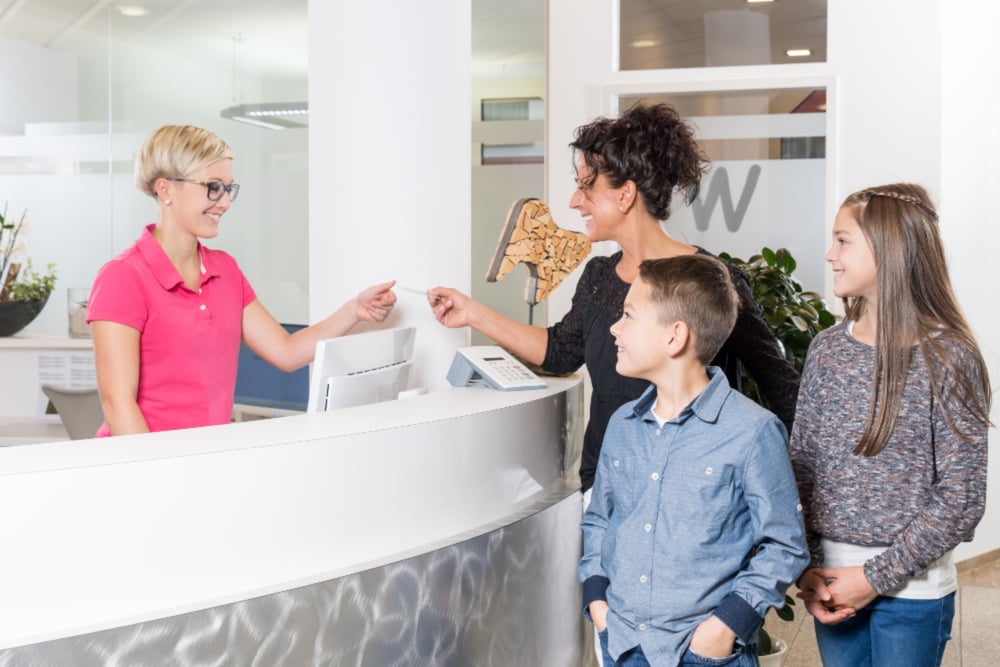Posted by Amy Carbone on Oct 23, 2018 9:30:00 AM
One of the first steps to selling your dental practice is understanding what it’s worth. Unfortunately for the dental industry, there’s no standard methodology for determining the value of a practice. Instead, several different valuation methods may be used to price practices, each one weighing a variety of different (sometimes subjective) factors and employing different mathematical formulas.
Ultimately, a buyer’s offer may depend on how their lender values your practice, not the method you used. So, it can be hard to pin down an exact number in advance of real offers without help.
Professional practice brokers may employ several different valuation methods, along with current market values and their professional experience, to provide you with their listing price advice. Rather than try to replicate their methods yourself, you may want to begin the journey to sell your practice by understanding the common valuation methods and the factors they examine.

Common Valuation Approaches
Income-based Valuation
An income-based valuation, or income approach, may actually be several different calculations. Each considers a different combination of your practice revenue, expenses, debt and projected income to attempt to calculate the worth of your practice. Which is used can depend on the earnings stability of a practice.
Net-Based Valuation or Asset Approach
This method evaluates your practice’s assets, from tangible items like your equipment to your intangible factors like your practice’s goodwill. In this complex approach, not only may difficult-to-value intangible assets be subjectively assessed, the worth of each tangible asset may be assessed for multiple values, including base price, depreciated value, replacement value, in place value (its value as a working part of an income-generating office) and street value (price in a liquidation scenario).
Market Approach
This approach attempts to calculate a practice’s worth using the sales price versus gross revenues ratio of similar, sold practices. For example, a practice may have sold for an amount equalling 60% of its gross revenues. However, this method can be more complex than it seems and may require a database of comparable data such as practice location, tangible assets, intangible assets, cash flow and fees.
Still Unsure of Which Method to Rely on?
You’re not alone. Determining the value of dental practices is a specialized skill of the professional appraisers that routinely perform these equations, requiring creativity, experience and hard numbers. Since these calculations are so complex, you’ll likely rely on those professionals to set your listing price. Even they may use an average of several different valuation methods.
So, instead of attempting the standard valuation methods yourself or using unreliable “rule of thumb” calculations, explore the factors weighed in a practice valuation. Understanding what matters (and what doesn’t) can be a helpful way to strategically prepare your practice to be evaluated.
What May Matter
Cash flow: A measurement of a practice’s financial health based on the difference between money coming into the practice and the costs of running the business.
Market data: The state of the economy and sales price of similar practices could be a major factor in the sale of your practice.
Office leases: Stable, transferable lease may make or break a practice sale.
Goodwill: These intangible factors that can’t be easily duplicated may include reputation, staff longevity, non-compete agreements and more. In fact, goodwill was cited by valuation professionals of dentaleconomics.com as the “single most important asset of a practice.”

What Doesn’t Always Matter as Much
Equipment: Although tangible assets, like equipment, are a factor in the asset approach of valuation, they don’t always matter much. For example, advanced technology and new equipment might not affect the value of a practice at all in the eyes of a lender who assigns the same value to all equipment with the same purpose.
Owned Real Estate: Practice real estate is typically valued and appraised separately from a practice, so it may not be a major factor in the value of a practice itself.
Patients: Each of us have a limited amount of dentistry we’ll need in our lifetimes, affecting the usefulness of some patient databases. Patient loss can also occur post-sale for a variety of reasons, drastically affecting a practice’s income and worth.
Consider the Bigger Picture
Valuing your practice can be a complex issue, often requiring the help of more than one professional. Once you have a list price you’re confident in putting on the market, backed by real data, it can still just be the first of many steps to selling your practice.
About Treloar & Heisel
Treloar & Heisel is a premier financial services provider to dental and medical professionals across the country. We assist thousands of clients from residency to practice and through retirement with a comprehensive suite of financial services, custom-tailored advice, and a strong national network focused on delivering the highest level of service.
Treloar & Heisel and Treloar & Heisel Risk Management are divisions of Treloar & Heisel, LLC.
Insurance products offered separately through Treloar & Heisel and Treloar & Heisel Risk Management.
Treloar & Heisel, LLC. and its divisions do not offer business consulting, sale, or appraisal, legal, or real estate advice. Please consult a trained professional in these areas for any issues concerning these topics.


